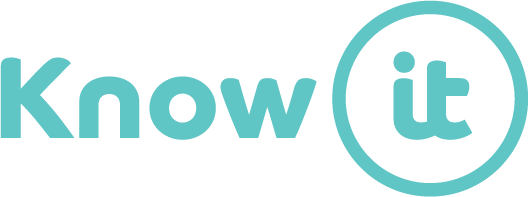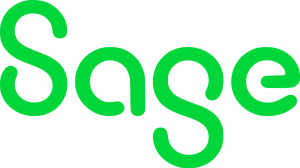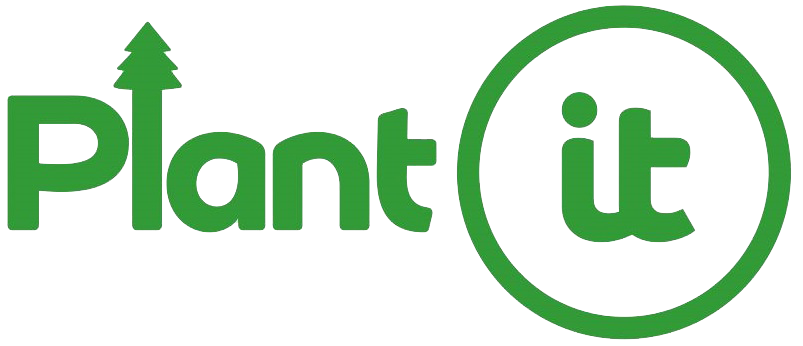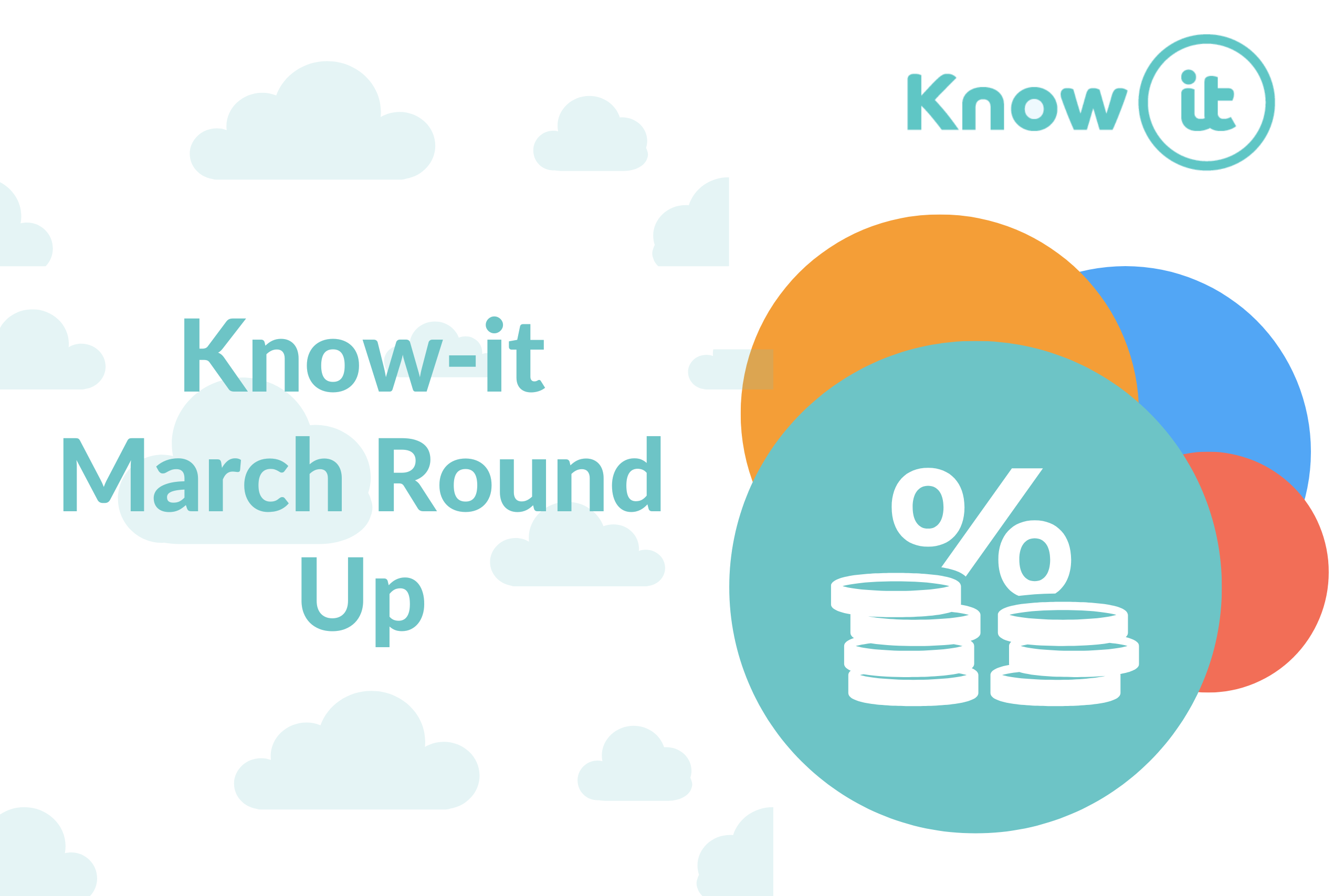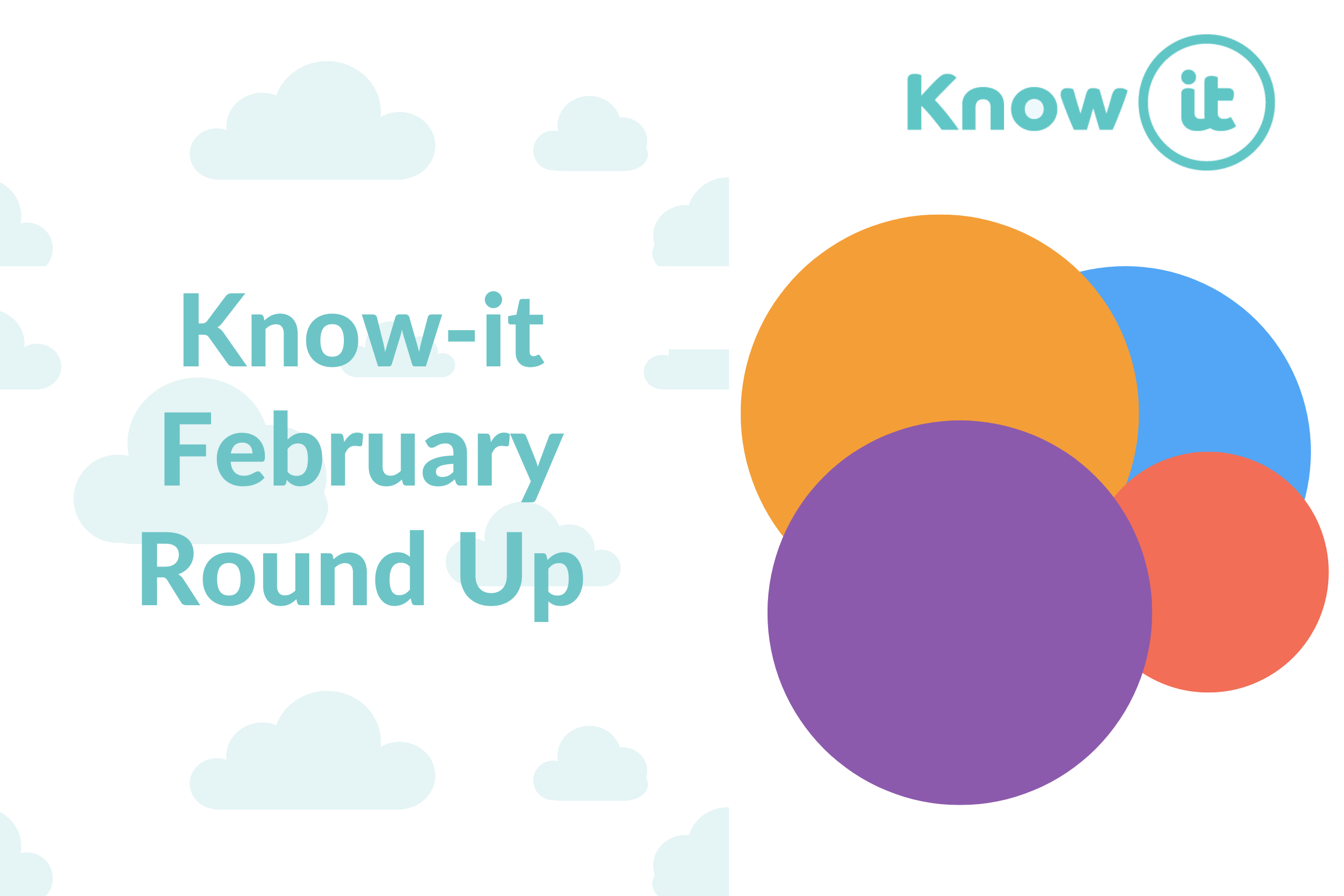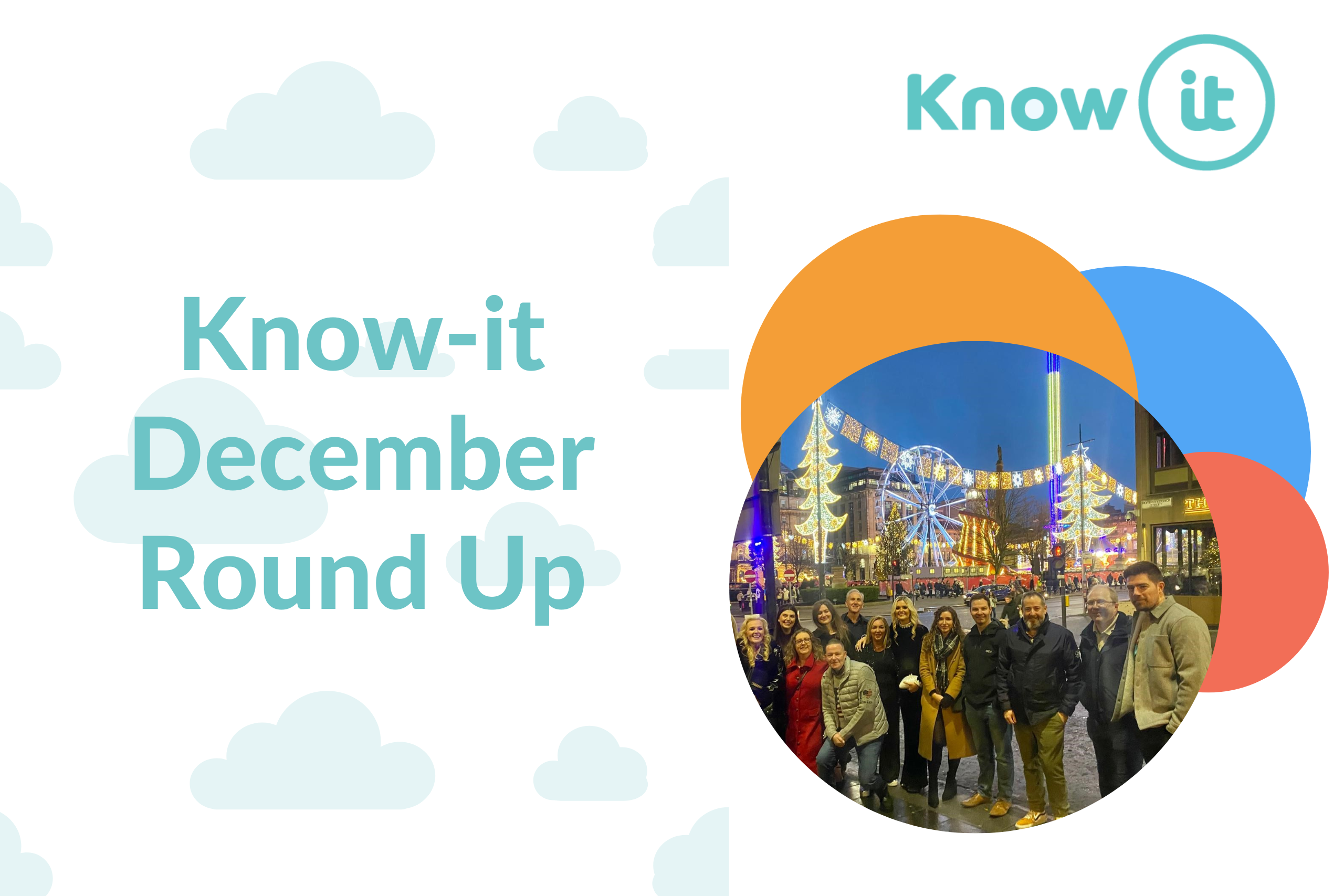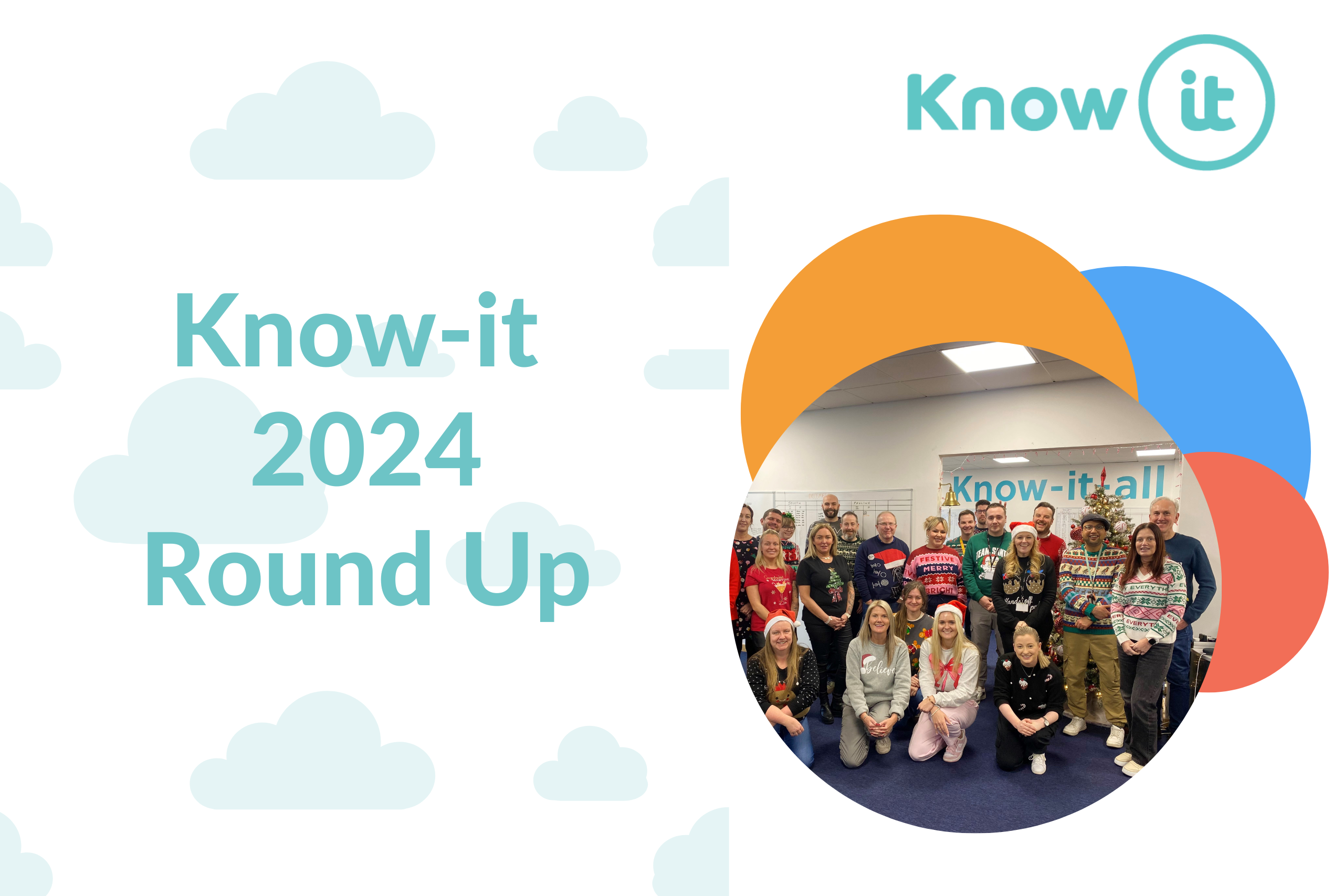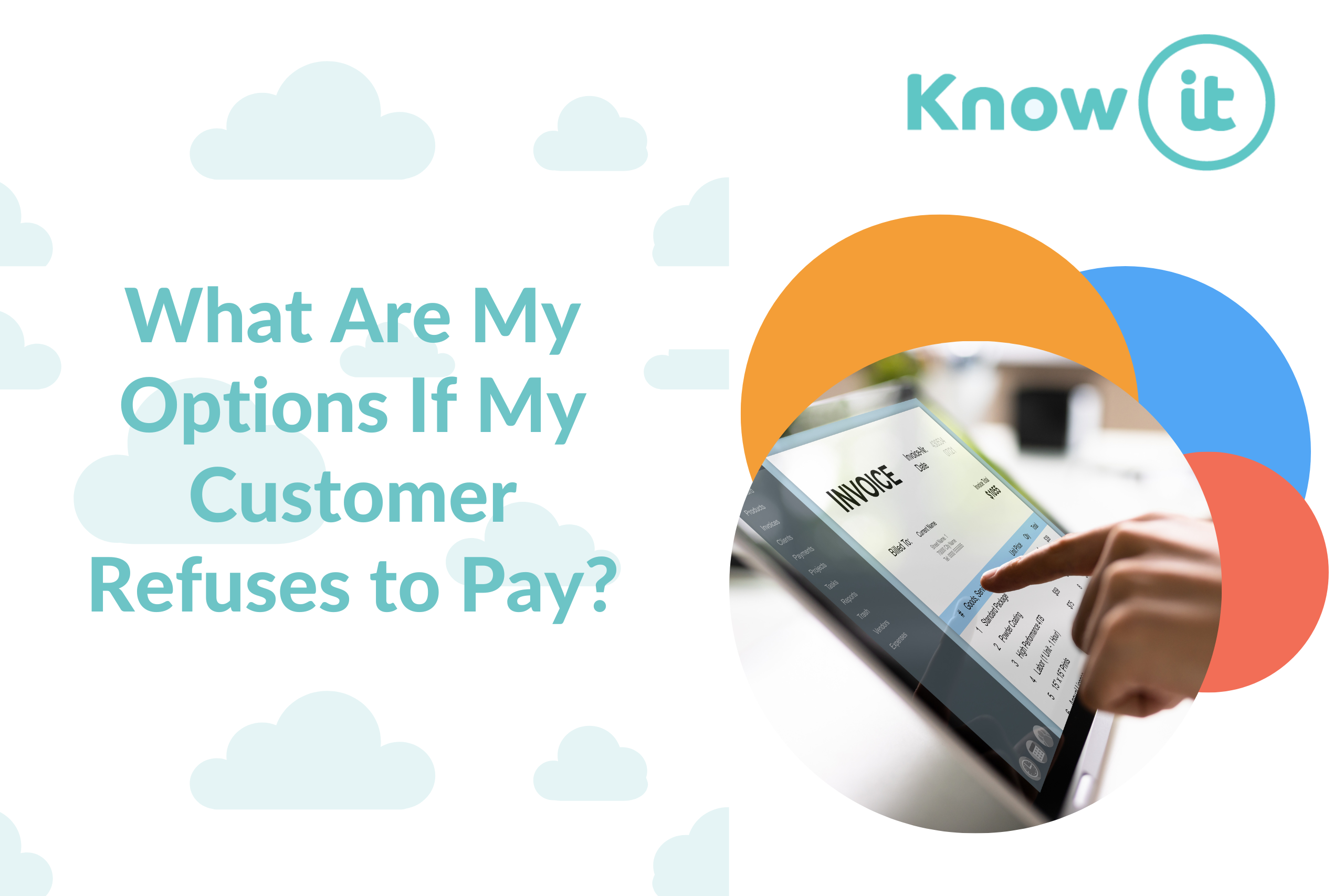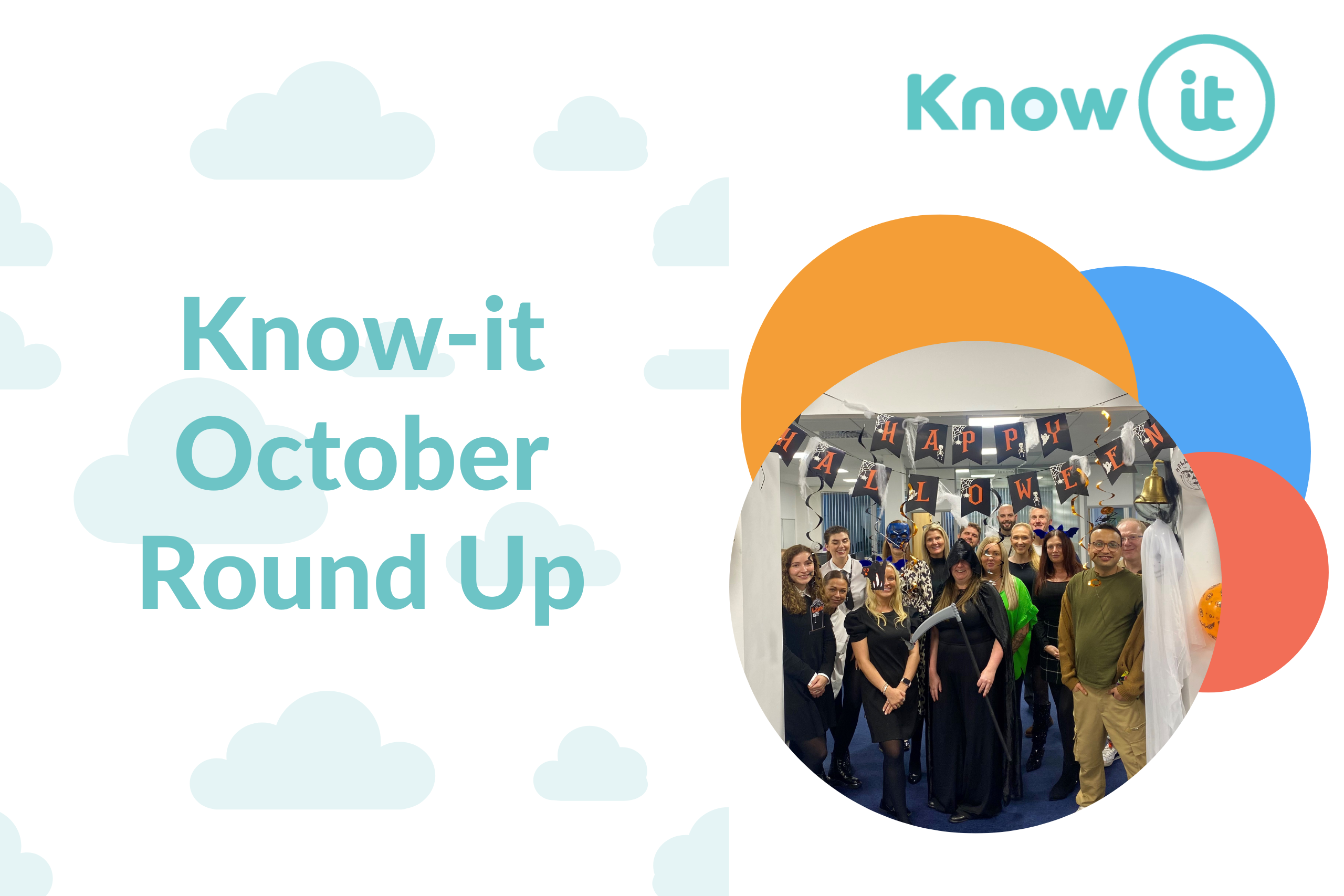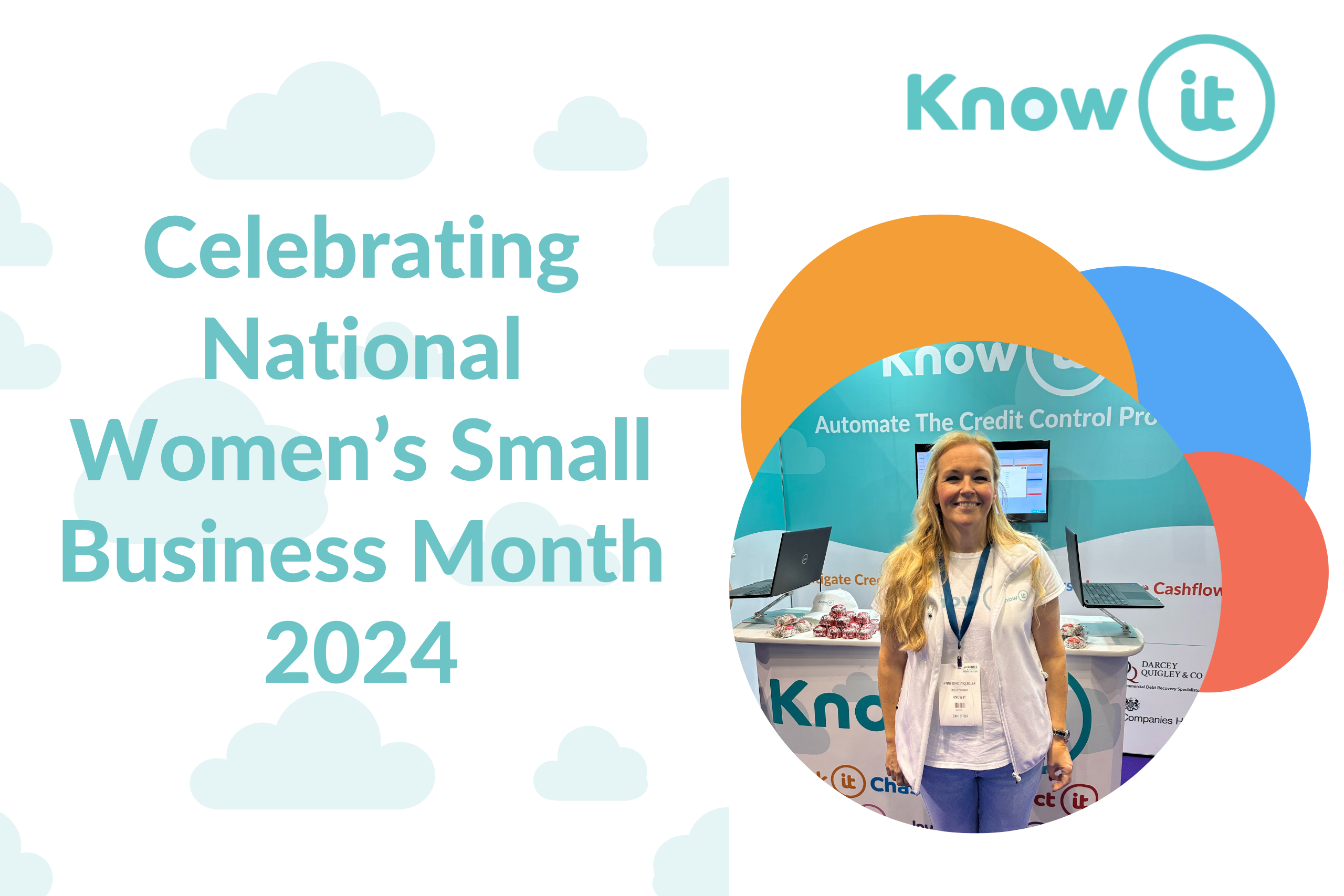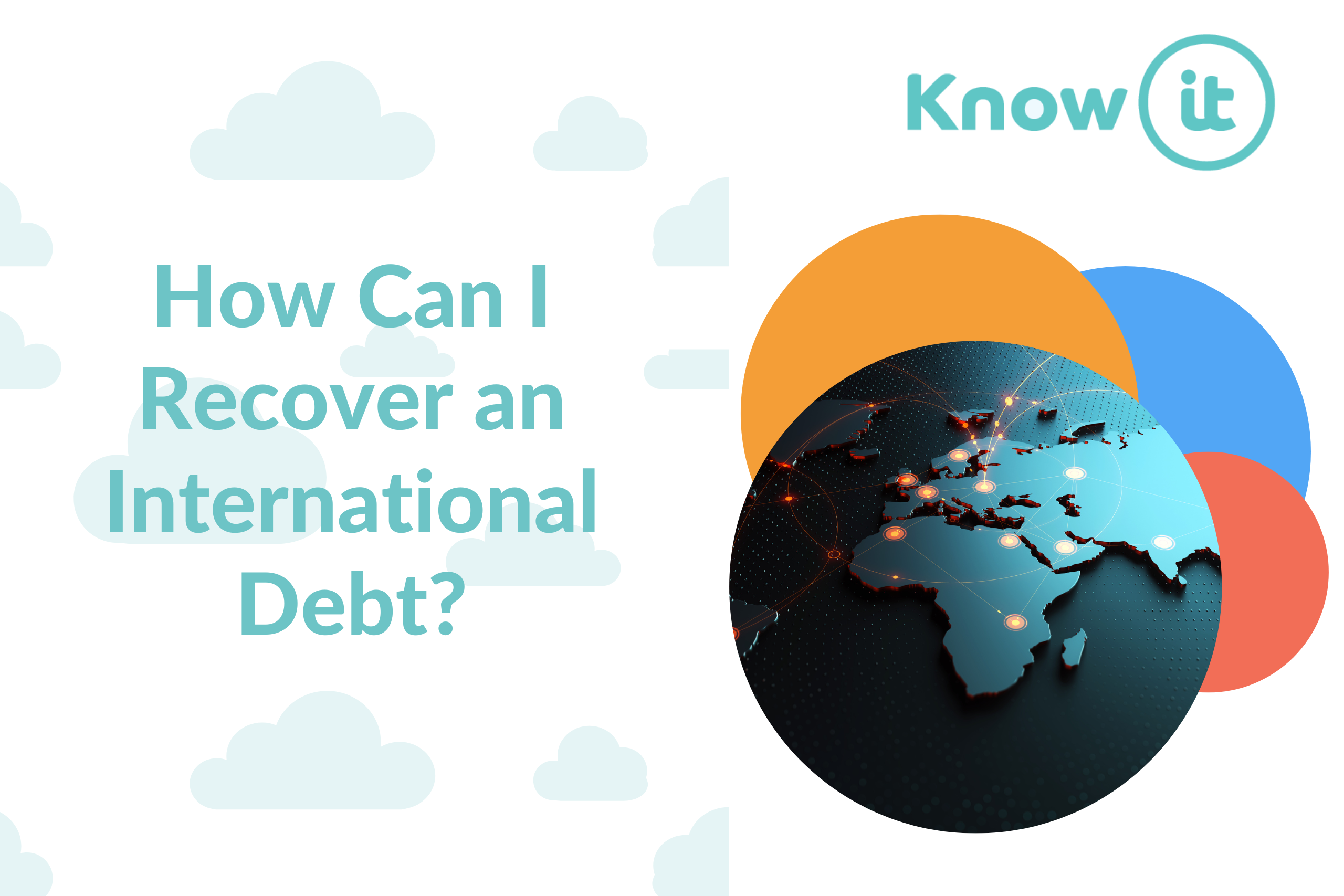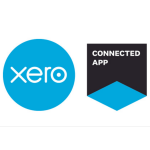When Should I Start Chasing Payment and How Often Should I Chase Invoices?
Chasing invoices is a crucial aspect of managing cash flow for businesses. According to a recent study by Aldermore, the total value of outstanding late payments to small businesses is £96,772 which is a 41% increase from the end of 2023! This is a concerning statistic which highlights the real risk businesses today face. The good news however, is that there are things you can control that affect how quickly you are paid.
Chasing invoices is essential to maintain a consistent and proactive approach to ensure timely payments and healthy financial operations. But how do you know when to start chasing invoices? And how often should you be chasing your customers for payment? While the frequency of chasing invoices may vary depending on your business and clients, we have a suggested plan which works very well for our clients.
Keep on reading for our top tips to chasing those unpaid invoices.
When Should I Start Chasing For Payment?
Firstly, it’s obvious to note that you ideally want your invoice paid before it becomes overdue, so you want to begin by chasing your invoices in a systematic way before it’s even due. You need to establish a schedule which you follow for every customer. To determine your plan, you need to decide when do you draw the line? When will you enforce next steps? This will act as a guide and end point before you enforce the next steps.
Is the line at 30 days, 60 days or 90 days?
Once you decide when to draw the line, it’s important to start reminding customers before their invoice becomes overdue. This obviously depends on your payment terms, but you can decide if you want to remind your customers 2 weeks, 7 days or 1 day before, for example. You can decide how many reminders you want to send, but we suggest around 3 before escalating further. This is your decision, however, and you will ultimately know what’s best for your business.
What Happens When the Line is Crossed?
In 80-85% of cases, the payment reminders will be enough to nudge your customers to pay. However, with the 15-20% of customers who don’t react to the previous chasing emails, they will need to be escalated. Once your customer has crossed the line, you should set up a clear process and actions to take and stick to it for every case. This consistency is key to improving your cashflow and getting paid. By having a clear system of when to pass over your unpaid invoice to your third-party debt recovery partner, your customers will always know what to expect. This process should be mentioned in your T&C’s.
How Can Know-it Help?
Our customer success manager explains more details about chasing for payment here!
Chase-it gives you the power to automatically send payment reminders and dunning letters so you never miss a payment!
Send payment reminders and chasers using emails, SMS and letters using fully customisable templates according to your own schedule by easily integrating your accounts package.
